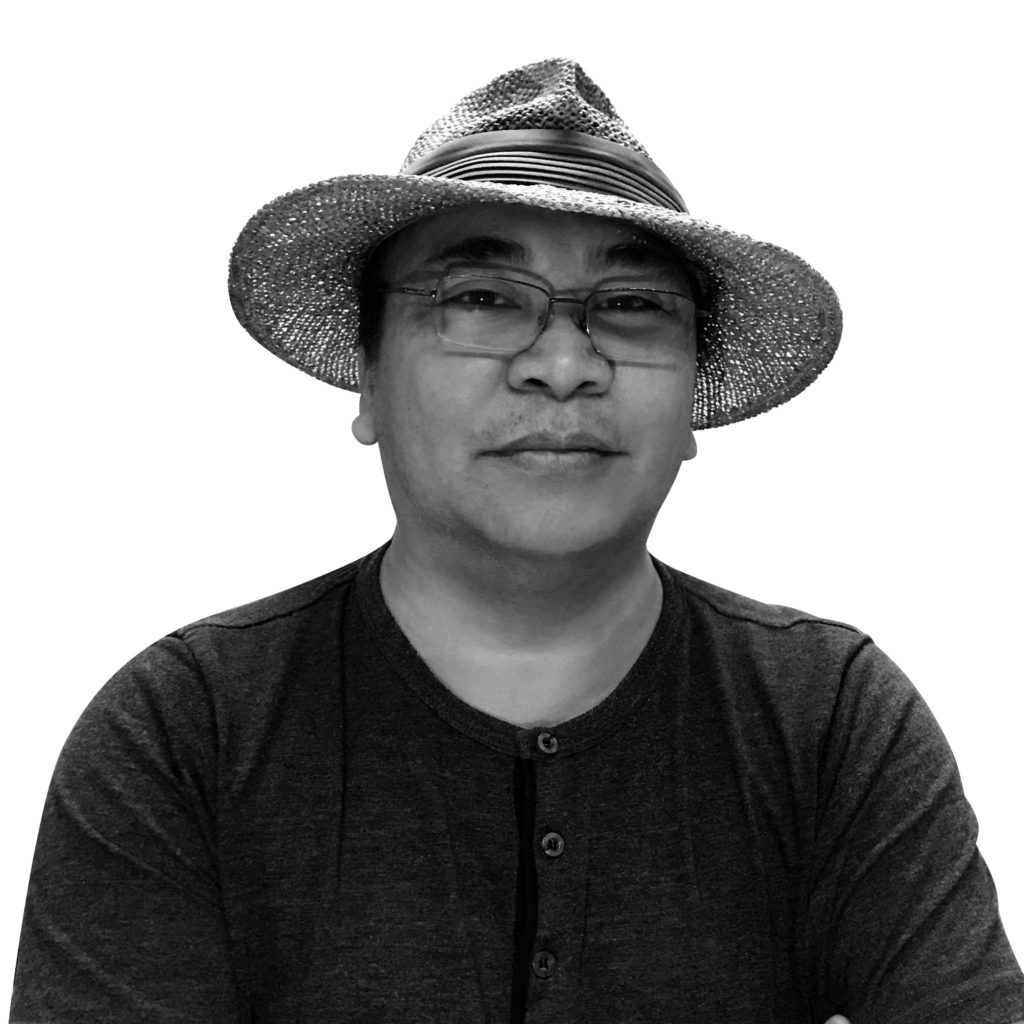
Pillboxes in Toledo and Liloan, tunnels in Buhisan, memorial markers at the old Southern Islands Hospital. These are just some of the little things that World War II veterans on both sides of the conflict used to visit way back in the 1970s and 1980s. For the Japanese, these coincided most especially Cebu started emerging as a tourism mecca during the cold months in Japan.
As it happens (and as mentioned in my column last week), these so-called war memorial tours were usually carried out in August, when the Japanese celebrated the Bon Odori Festival, a weeklong observance aimed at honoring their dead ancestors.
But the month of August, especially towards the tail-end is also important for Cebuanos who still remember this: between Augusts 28 and 30, nearly ten thousand Japanese soldiers began surrendering 73 years ago up north, especially in Caduawan, Tabogon but also in Carmen, Sogod and Borbon.
Today, many of the remains of war are giving way to development. And as the number of living veterans dwindles so do the memory of the present about these historic locales.
This is where conflict archaeology can come to the rescue. One need not actually excavate or dig underground to be one. The ‘archaeology’ used in this concept refers to digging up old records and going deep into thick undergrowth to locate battle sites, concrete or makeshift bunkers, foxholes, pillboxes and other defensive structures that have survive into the present.
Sadly, except for the surrender monument put up by American war veterans in Caduawan and the Battle of Tomonoy marker put up by the municipal government of Moalboal, not a single marker has been installed in places where soldiers on both sides of the war once fought so bravely or places where civilians were tortured and killed. Even the guerrilla headquarters way up in Tabunan remains indistinct. Despite being the center of guerrilla resistance in all of Cebu in World War II, there is no national historical marker there. There is also no war memorial trail for young people to literally walk and climb through history’s most bleak moments via a series of historical markers.
Next year, the country shall be celebrating the 75th anniversary of the Leyte Landing (Oct. 22, 2019) with no less than Pres. Donald Trump possibly in attendance. A month earlier, on Sept. 12, 2019, we should also mark the 75th anniversary of the start of American liberation in the country, which began via the bombing of strategic targets in Cebu.
I therefore urge history and heritage enthusiasts, especially the young, to begin locating these remnants of the war or recording the stories told by grandparents about their recollection from their own parents who witnessed that most tragic phase in our recent history. I’d like to see every municipality and city in Cebu doing their share in ferreting out these stories as well as locating these structures and places that figured so prominently and the people behind them.
We have a year to prepare for this. And I hope we will not waste time lest we wake up and mark the 75th anniversary of the end of the war with no idea what it was all about.